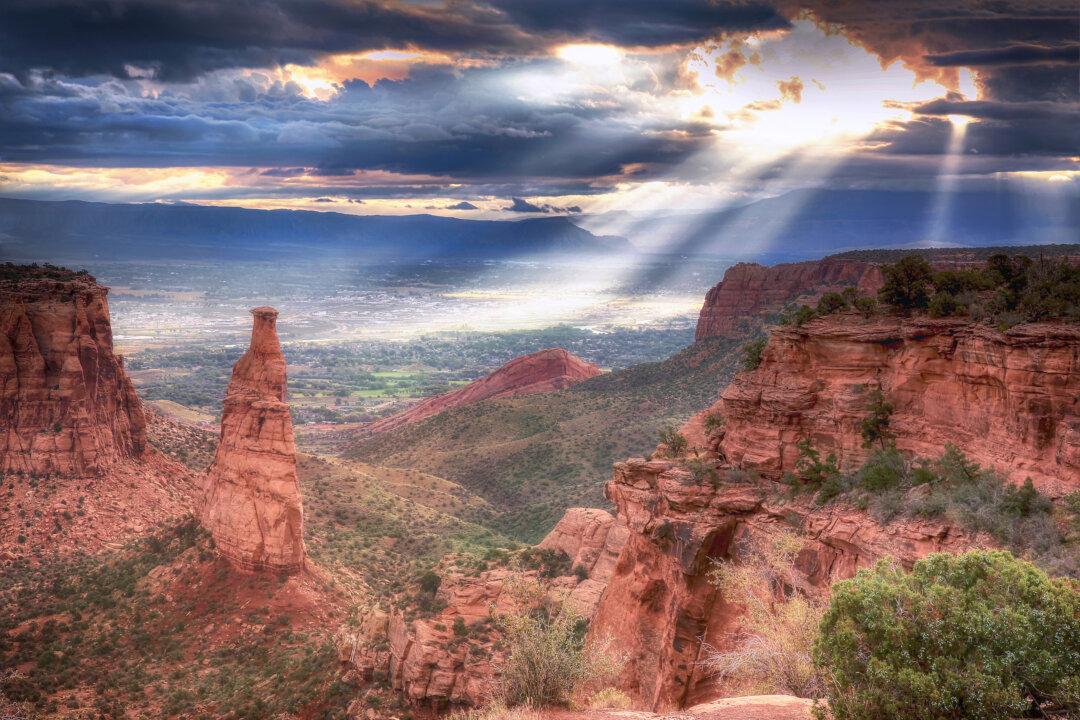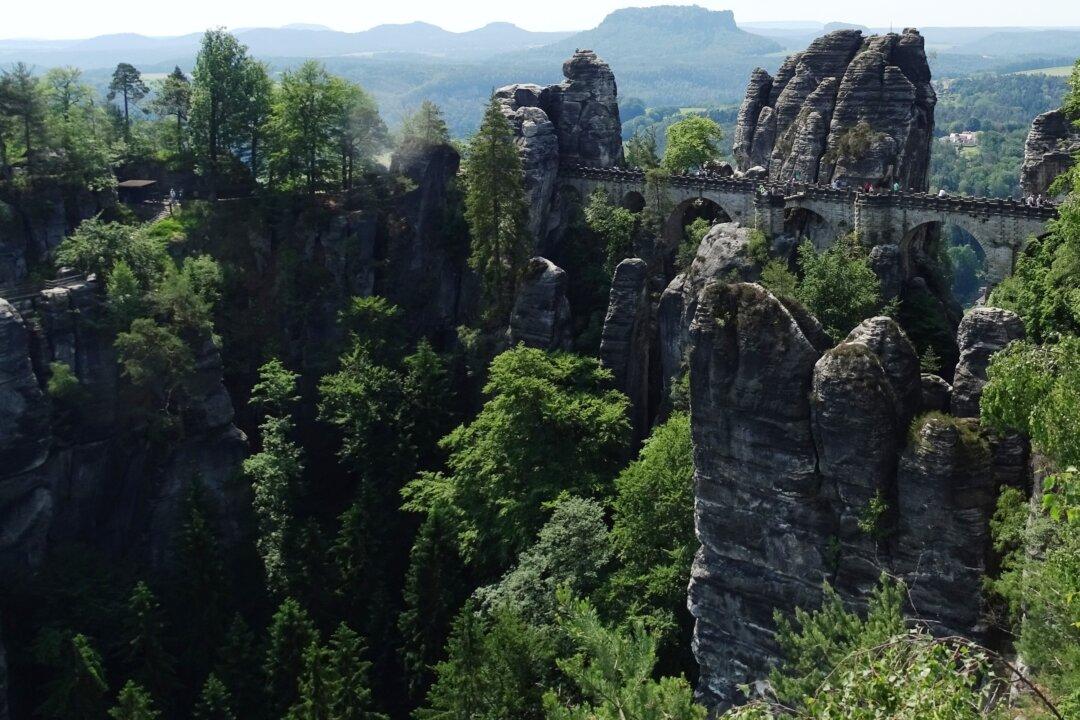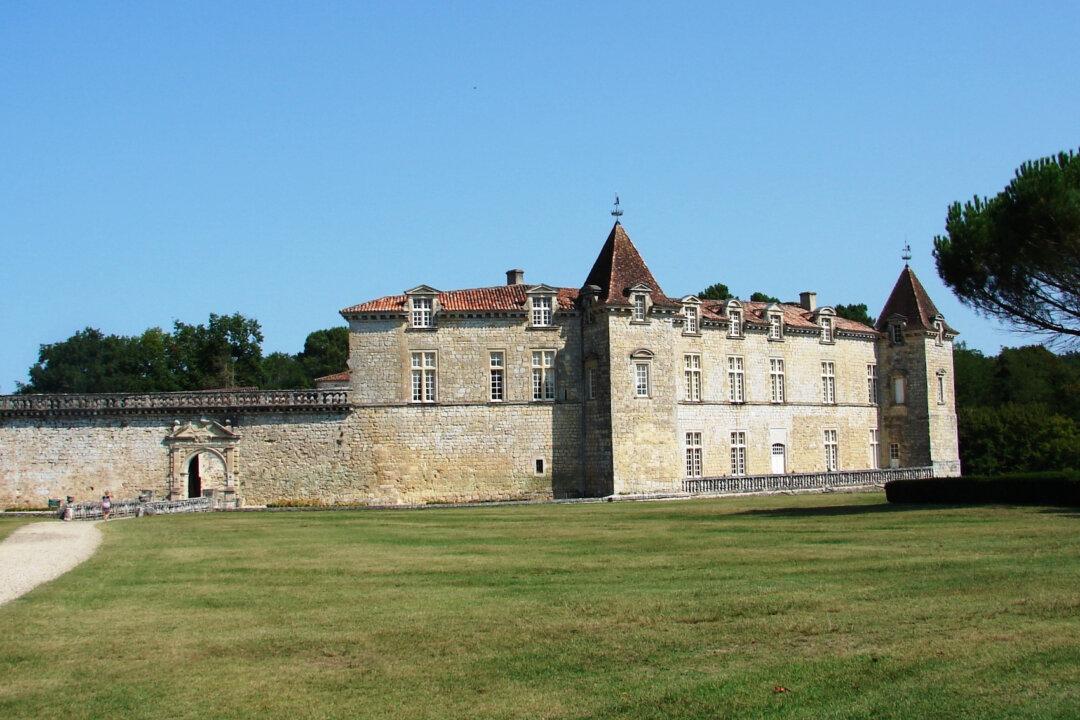The Colorado National Monument is part of the U.S. National Park Service system that’s located near the city of Grand Junction, Colorado. This awe-inspiring landscape is home to several deep canyons, humungous sandstone towers, and a huge variety of spectacular erosion-induced rock formations that you just can’t take your eyes off.
Rim Rock Drive, the main route through what’s known locally as “The Monument,” offers 23 miles of breathtaking views from high above the canyon floor.





